View Maryland Counties
- Allegany
- Anne Arundel
- Baltimore City
- Baltimore County
- Calvert
- Caroline
- Carroll
- Cecil
- Charles
- Dorchester
- Frederick
- Garrett
- Harford
- Howard
- Kent
- Montgomery
- Prince George's
- Queen Anne's
- St. Mary's
- Somerset
- Talbot
- Washington
- Wicomico
- Worcester
Montgomery County
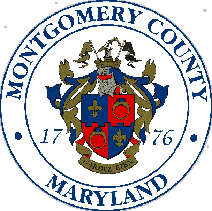
Montgomery County was created from Frederick County by resolve of the Constitutional Convention of 1776. It is bordered on the northwest by Frederick County, the northeast by Howard County, the south and southeast by the Prince George's County and the District of Columbia, and the southwest by the Potomac River. The county is named for General Richard Montgomery (1738-1775) of the American Revolution.
Rockville has been the county seat of Montgomery County since 1777. County officers first met at Hungerford's Tavern here, then in a house owned by Thomas O. Williams that was improved with public funds to function as a courthouse. Williams laid out lots for a town around the courthouse in 1784, naming it Williamsburg. The boundaries of the lots were disputed, so in 1801 an act was passed by the Maryland General Assembly requiring a new survey and changing the town's name to Rockville. Today, Rockville is a thriving suburban center in the Washington metropolitan area. In addition to extensive commercial development that serves residents of the area, Rockville has developed into a center of computer, communications, and nuclear energy industries.
Visitors to Montgomery County enjoy the numerous parks and historic houses in the county. At the Great Falls of the Potomac, the Potomac River descends from the plateau down to tidewater in a spectacular series of rapids and cataracts. the falls are part of a park that includes restored portions of the C&O Canal and the Great Falls Tavern. Numerous ruins and artifacts date from the period when water power was harnessed for industrial purposes before it was replaced by steam and eventually electricity. The Clara Barton House, located near Glen Echo, was a gift to Clara Barton by the city of Johnstown, Pennsylvania in appreciation for her humanitarian work in the aftermath of the great Johnstown flood of 1889. Much of the lumber used in this construction was salvaged from emergency buildings put up after the flood. The house was the headquarters of the American Red Cross until 1904.

MSA SC 1477-4748
Cabin John Bridge was begun in 1857 and completed in 1864. At the time it was constructed it was the largest single arch span in the western hemisphere, two hundred feet in length. This photograph was made in 1859.
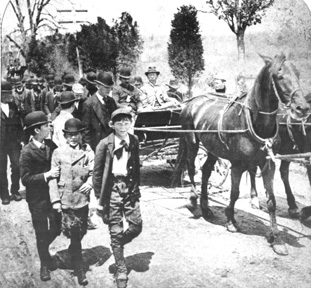
MSA SC 1477-6770
A nationwide Depression in 1893 inspired five hundred unemployed workers to march from Ohio to Washington, D.C. Seen here as they passed through Montgomery County, the group became known as Coxey's Army because of their leader (seated and looking toward the camera), Jacob Schler Coxey.
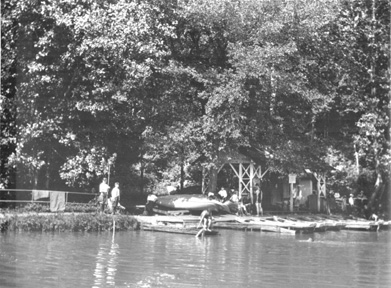
MSA SC 1477-6045
By the early twentieth century, commercial use of the Chesapeake and Ohio Canal had slowed and many, like these swimmers and boaters, considered the waterway a recreation spot.
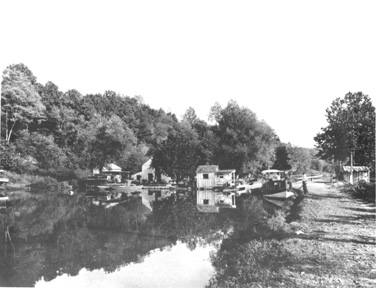
MSA SC 1477-5700
The Glen Echo Lock was the eighth of a total of seventy-four locks on the Chesapeake and Ohio Canal which raised it from seal level to 610 feet in Cumberland. The canal was begun in Georgetown on July 4, 1828 -- the very same day that the cornerstone of the Baltimore and Ohio Railroad was laid in Baltimore.
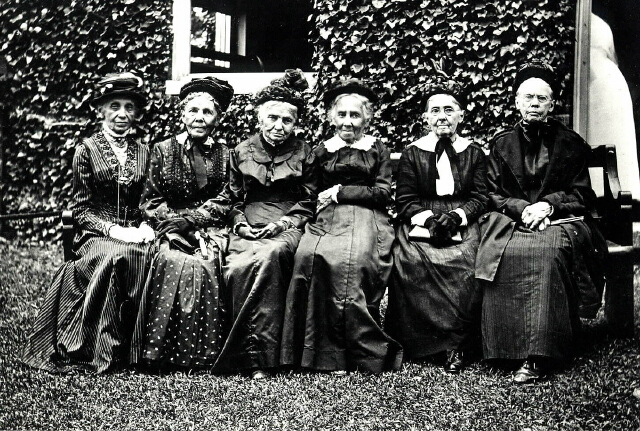
MSA SC 1477-5384
Sandy Spring is the oldest settlement in the country, established by Quakers in 1650. It remained a popular meeting place for the Friends, including these Quaker ladies, c. 1910.

